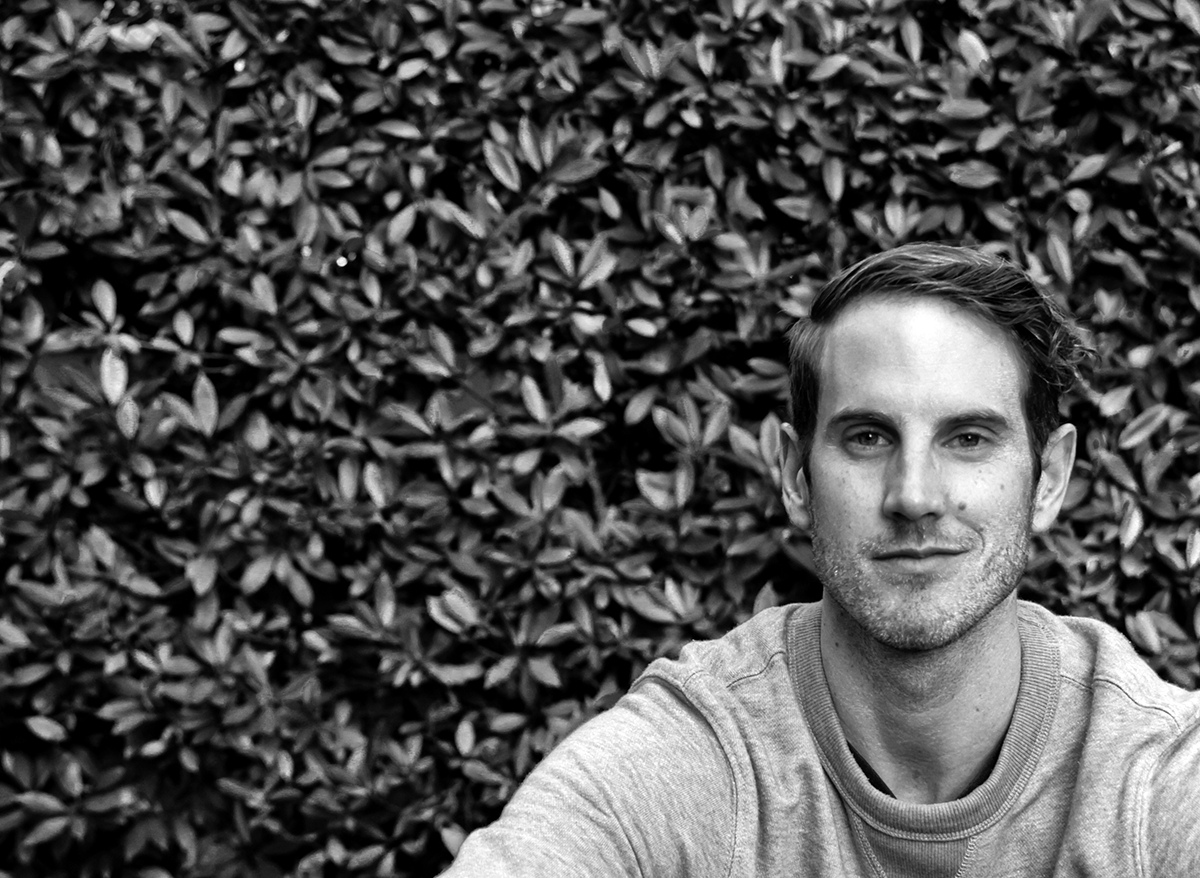
by Jeremiah Favara, PhD candidate, School of Journalism and Communication
On December 3, 2015, Secretary of State Ashton B. Carter announced that all combat positions in the U.S. military would be opened to women. Less than two months after the announcement, I received a recruiting flyer in the mail from the Oregon Army National Guard featuring a photo of a woman soldier in camouflage fatigues and touting new opportunities in combat occupations for women. While the opening of all combat positions to women is unprecedented, the publication of recruiting materials featuring images of women soldiers and appeals based on new opportunities for women has been crucial to military recruiting efforts for the last forty years. Since the shift to an all-volunteer force in 1973, the military has targeted women in recruiting with advertisements stressing that the “Army is serious about equality” and telling recruits that in the Army, “the best man doesn’t always get the job.” My dissertation, “An Army of Some: Recruiting for Difference and Diversity in the U.S. Military,” focuses on print advertisements published in three magazines—Ebony, Sports Illustrated, and Cosmopolitan—from 1973 to 2015—in order to explore how representations of differently gendered and raced bodies have been at the core of military recruitment efforts and have contributed to a contemporary military invested in diversity.
The full integration of women into all military positions was framed as a shift that would make the U.S. armed forces better and stronger while also being celebrated as a symbol of the armed forces’ commitment to equal opportunity and diversity. The military has long been at the vanguard of thinking about diversity and creating messages about diversity, yet very little scholarship has been devoted to addressing the role of diversity in the military. Drawing on work by feminist scholars, my research understands diversity as a technology: a term mapped onto bodies marked as different and deployed in a variety of ways to coincide with institutional aims and goals of the military. Taking seriously the role of recruiting advertisements as marketing images of the military to the public, my research explores how representations of gender, sexuality, race, and class convey a history of negotiating and regulating difference in the military.
During the past year, I’ve compiled a database of more than 1600 recruiting ads for the Army, Navy, Air Force, Marine Corps, Coast Guard, and Armed Forces. While many recruiting ads feature images of military men, a number of ads feature representations of women. Some ads include women as mothers and wives of military men, while others include women as members of the military serving as nurses, soldiers, sailors, and pilots. As women were targeted and valued as potential recruits they were also seen as threatening to the culture of a male-dominated military. The inclusion of military women in recruiting ads coincided with polices and practices that targeted women perceived as lesbians and granted less than honorable discharges to survivors of sexual assault and harassment. Many recruiting ads targeting and featuring women frame the military as a site of equality and opportunity. In doing so, recruiting ads emphasize a certain vision of military women that I refer to as military femininity. Military femininity is a form of representation that combats perceptions of homosexuality by showing military women as heterosexual, having long hair, wearing makeup, and asserting that they are women first and soldiers second. For example, ads published in the 1970s show military women spending off-duty time going on dinner dates and trips to the movies with men. Ads published in the 1980s contain quotes from military women saying, “I also like being a woman.” An ad from the 1990s tells potential recruits that, “a woman in the Army is still a woman.” Alongside images of military women dating men and statements foregrounding the womanness of military women, recruiting ads frame the military as a site of gender equality with opportunities for women not available in the civilian world. Constructions of military femininity in recruiting ads demonstrate how increased inclusion for military women is represented through particular parameters. For women to be included in the military, they must adhere to expectations of military femininity.
Exploring the history of including women in recruiting ads points to the ways the military advertising industry represents and targets difference. As differently gendered and raced bodies are targeted in recruiting efforts some forms of difference, such as gender and racial difference, are celebrated as markers of a diverse military whereas other forms of difference, such as sexuality, are regulated and represented as threatening to the military institution. Given the military’s status as a privileged institution in defining and granting full citizenship, representations in recruiting ads signal how various forms of difference are valued or erased in celebrations of diversity at the level of the nation.
—Jeremiah Favara was awarded a 2015 CSWS Graduate Student Research Award for research related to his dissertation, "An Army of Some: Recruiting for Difference and Diversity in the U.S. Military." He is a doctoral candidate in media studies at the UO School of Journalism and Communication and a graduate teaching fellow in the Department of Women's and Gender Studies.

